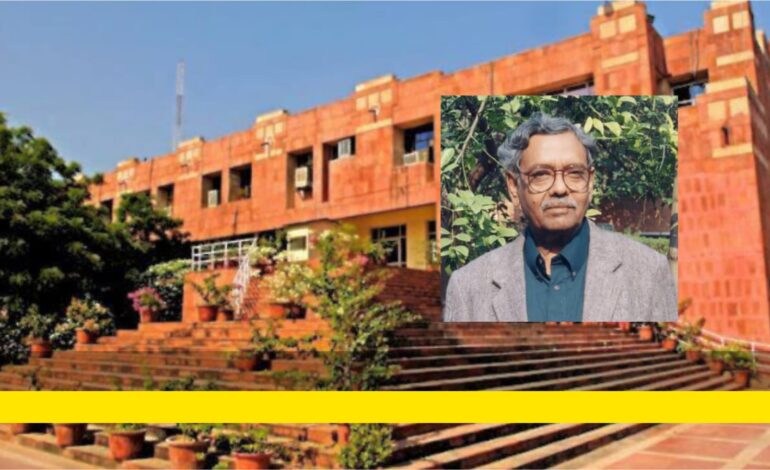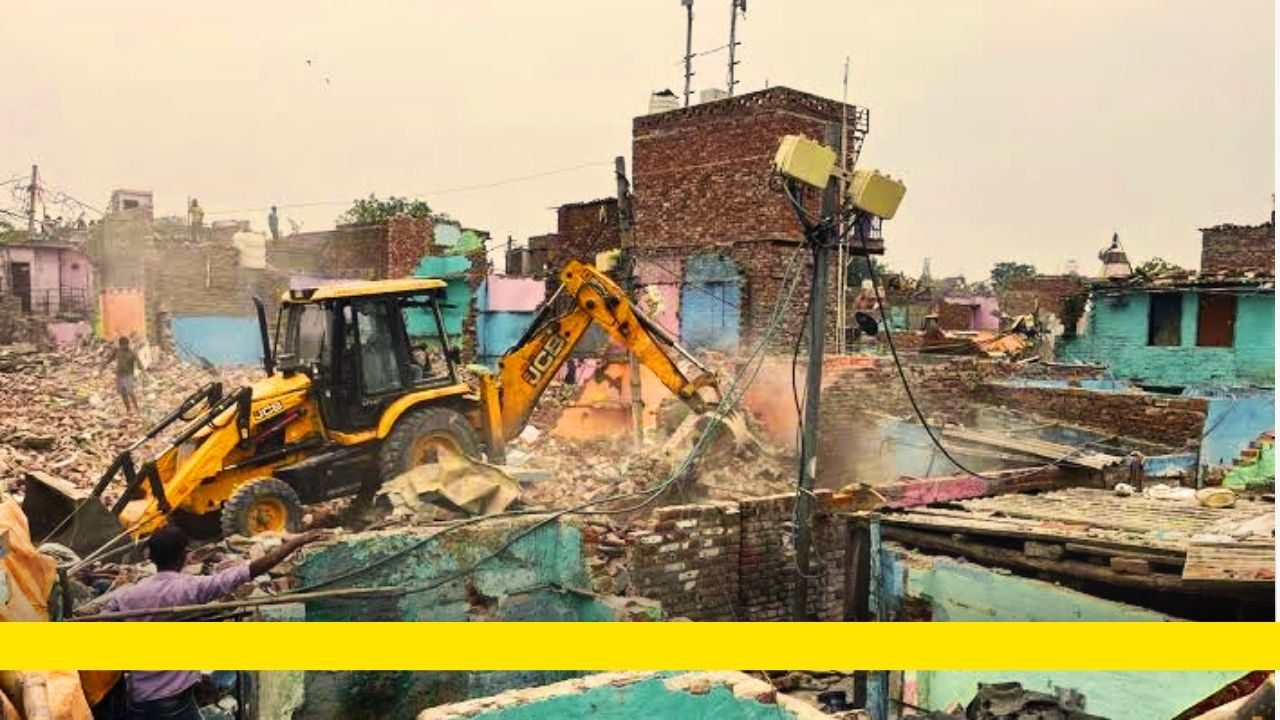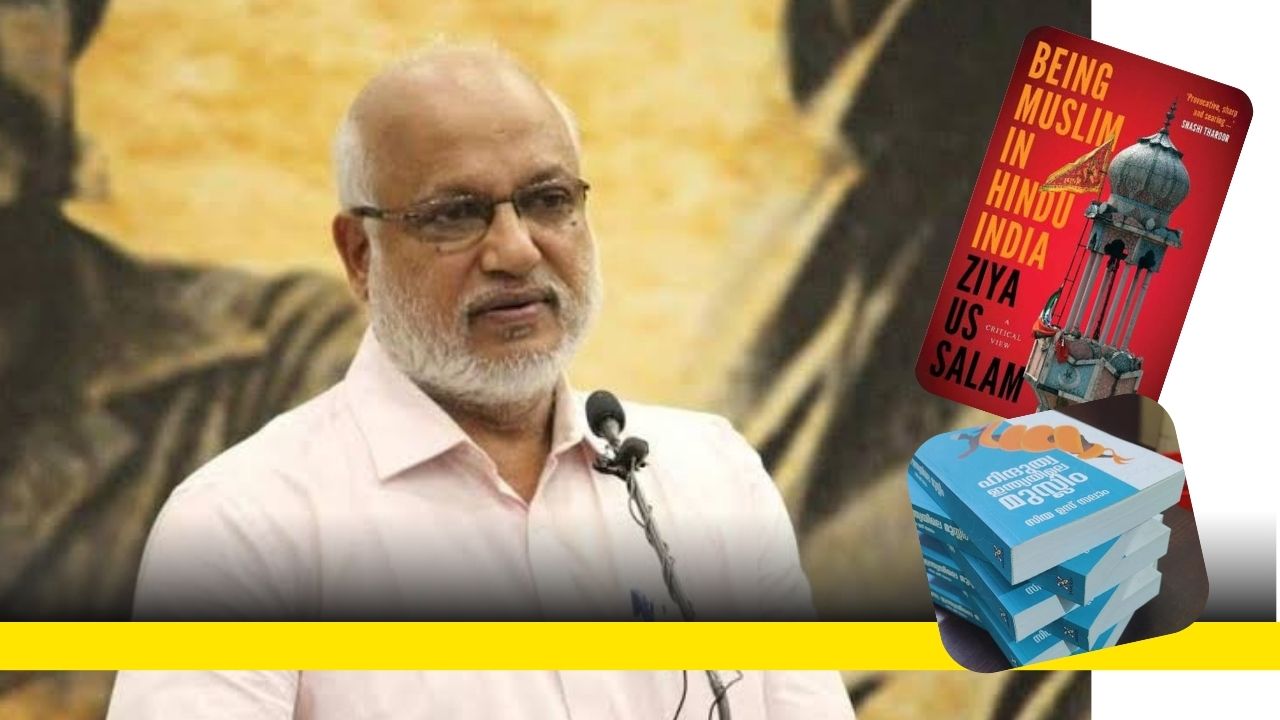Millennial Voice in Women’s Writing

A Review of Ardra K. S’ Kamala Cult.
Pennezhuthu, or as feminist writing is often termed in Malayalam, has evolved over the course of decades, from writing about patriarchal oppression, gender inequality, women’s rights, and confessional mode to the broader spaces of belonging. At present, women’s writings engage with a larger range of things; they encompass multitudes and converse in the language and politics of the time. Along with female identity, their discourse includes socio-political concerns, cultural identities, new sexualities, and new approaches to social belonging and relationships.
Women’s writing in Malayalam literature is recognising their millennial voice through K.S. Ardra’s writings. In her debut short story collection, Kamala Cult, the relatability of her stories counts for readers. Rural settings become the macrocosm of the world at large, wherein, besides gendered spaces and women’s positions, identity, shared trauma, political correctness, and belonging come into the discussion. The collection consists of six stories: “Vattu Parampara,” “Oriyidalinte Thathwasasthram,” “Kanneru,” “Bhageerathaprayathnam,” “Kamala Cult,” “Suo Motu,” and “Chamundiyile Valavukaleppatti Pennungal.”

Arrack, a distilled alcoholic drink, has been banned in Kerala for some years now. However, its home distillation continues on the sly. In the story “Vattu Parampara,” besides the literal meaning, arrack embodies the metaphor of writing. Ardra alludes to the fact that for some women, writing is a secretive, impermissible act like making arrack. A new women’s magazine, Queen, covers an anonymous series on arrack selling, detailing Mandaram and his team’s arrack business. The story, and the magazine, attract popular attention. The magazine grows exponentially, like the successful yet mysterious and secretive business of Mandaram. Infuriated by the media coverage, Mandaram goes to find the writer of the magazine report. Though his attempt ends in failure, the end of the story hints that Mandaram’s wife, Sunethra, a silent, meek, and submissive woman, is the anonymous writer behind it. Sunethra, like a passionate distiller, breaks the ‘family’ law by writing secretly.
In distinct regions and cultures, women’s tone, expression, and performance designate their space and importance. “Oriyidalinte Thathwasastram” is about two women, Vellachi and Karuvachi, and their partner, Kunchu Nair. Vellachi is subtle, civilised, and quiet, whereas Karuvachi is vocal and expressive. Karuvachi, tracing her Tamil cultural origins, weeps and wails unashamedly when Kunchu Nair dies. Her oppari (the song of lamentation of a bereaved wife at the funeral of her husband, a practice commonly observed in Tamil culture) was a spectacle for the rural community in Palakkad. Her performance is beyond the confinements of a civilisation and expectations of a particular culture. Vellachi, on the other hand, deals with everything in silence. Even before Kunchu Nair brought Karuvachi as his second partner, she did not shed a tear or even complain. She was reticent. She tried to incorporate the same norm while keeping a dog to guard her home. She strictly demanded that the dog should not howl and changed the dog each time if it failed to meet the demand. Thought Vellachi and Karuvachi hail from different social backgrounds, they are strongly conditioned to maintain ‘decorum’ and were rooting for their spaces in their respective ways.
“Kanneru” is the author’s take on voyeurism: the prying behaviour of a person for sexual gratification causes anxiety and fear in the victim. The intrusion into her private spaces damages her more psychologically than physically. Voyeurism affects the victim by leading her to intrusive thoughts, anxiety, and stress. The hypervigilant behaviour of the woman character, which increased in the course of the story, shows the severity of the impact of someone’s depraved behaviour. By recording the character’s thoughts, Ardra reflects on the trauma and fear women carry due to the disturbing and dangerous instances they are confronting on a daily basis.
Bhageeratha, the king of Kosala, is known in legends for bringing the Ganges to the earth through penance. He is born of two woment — an angle of queer romance that is less discussed or written about is the focal point of the story, “Bhageerathaprayathnam.” Atheena, a single woman in her thirties, bored of her mundane routine of teaching, rents a hotel room for two days to rest and relax. This is the first time she spends her time away from home. She leads a life of ordinariness, a life in which she is comfortable. But her identity as a single woman is not viewed as typical by the people. The story discusses the idea of self, the recognition of identity, and the spaces that one could identify or realise at any point in life.
In the day and age of political correctness, “Kamala Cult” is a highly contemporary story of the time. Kamala, the reputed conciliator in Paruthikkadu, is insightful, composed, and capable. Her services have a notable reputation among the people, and she performs them out of her free will. But, while discussing a boundary dispute pertaining to her land with her neighbour, Kamala’s one politically incorrect word shakes her entire image as a respected and mature arbitrator. The spewed word affects her credibility, character, and standing in society. And she is reduced to a meme that is widely circulated. Ardra, through instances, cleverly builds the character graph of Kamala, tracing her gaining importance over a period of time in the village, illustrating her valuable services, and revealing the severity of an inappropriate word that could invalidate anyone in the present day.

In “Suo Motu,” two women previously unknown to one another develop a bonding from their shared trauma. The feelings of anxiety, fear, and brokenness create a feeling of sisterhood between them. At first, Asha, a mother of a 25-year-old son, could not comprehend that her son had been taken into custody for committing indecent exposure or flashing. Thereafter, even though the perpetrator is her son, Asha expresses affinity towards the complainant woman because trauma speaks a language both understand, which at the same time is also inexplicable. Besides shared traumas, the tale speaks about belonging and warmth. Similarly, “Chamundiyile Valavukal”, the last story in the collection, continues to evoke the same feeling as “Suo Motu”: women’s shared anxiety about human predators. On their return journey from their night trip to Chamundi temple, three women realise that their male counterparts are more capable of inflicting terror and violence than the unknown, unseen leopard in a forest. Furthermore, in “Suo Motu” and “Chamundi,” the time and the place act as great signifiers. Through the incidents in both the stories, Ardra critically reflects on how patriarchal and abusive masculinity decides that certain space and time are not meant to be owned by women, and if they try to claim them, they are likely to be attacked and terrorised.
The idea of space and place is of greater significance in Ardra’s stories. Amidst all the delimiting boundaries and patriarchal constructions that constrict and threaten their existence, Ardra’s female characters strive to identify their space and ascertain it, even if it is in the smallest sense possible. Above all, along with Ardra’s women, the readers also find a sense of belonging in her stories—a space where all women are able to connect, share, and empathise.












Thank you Kabani for this review. Read the book after seeing this and just loved it. Best wishes.